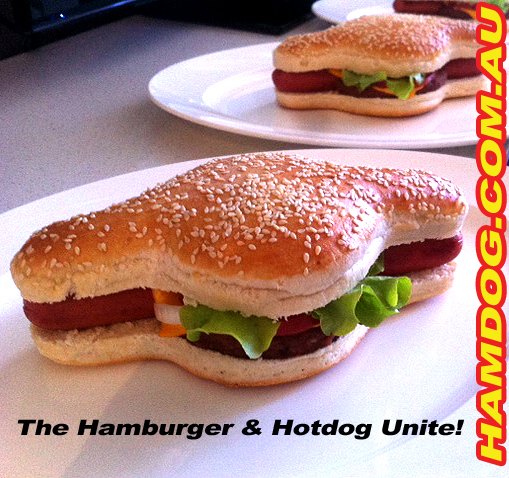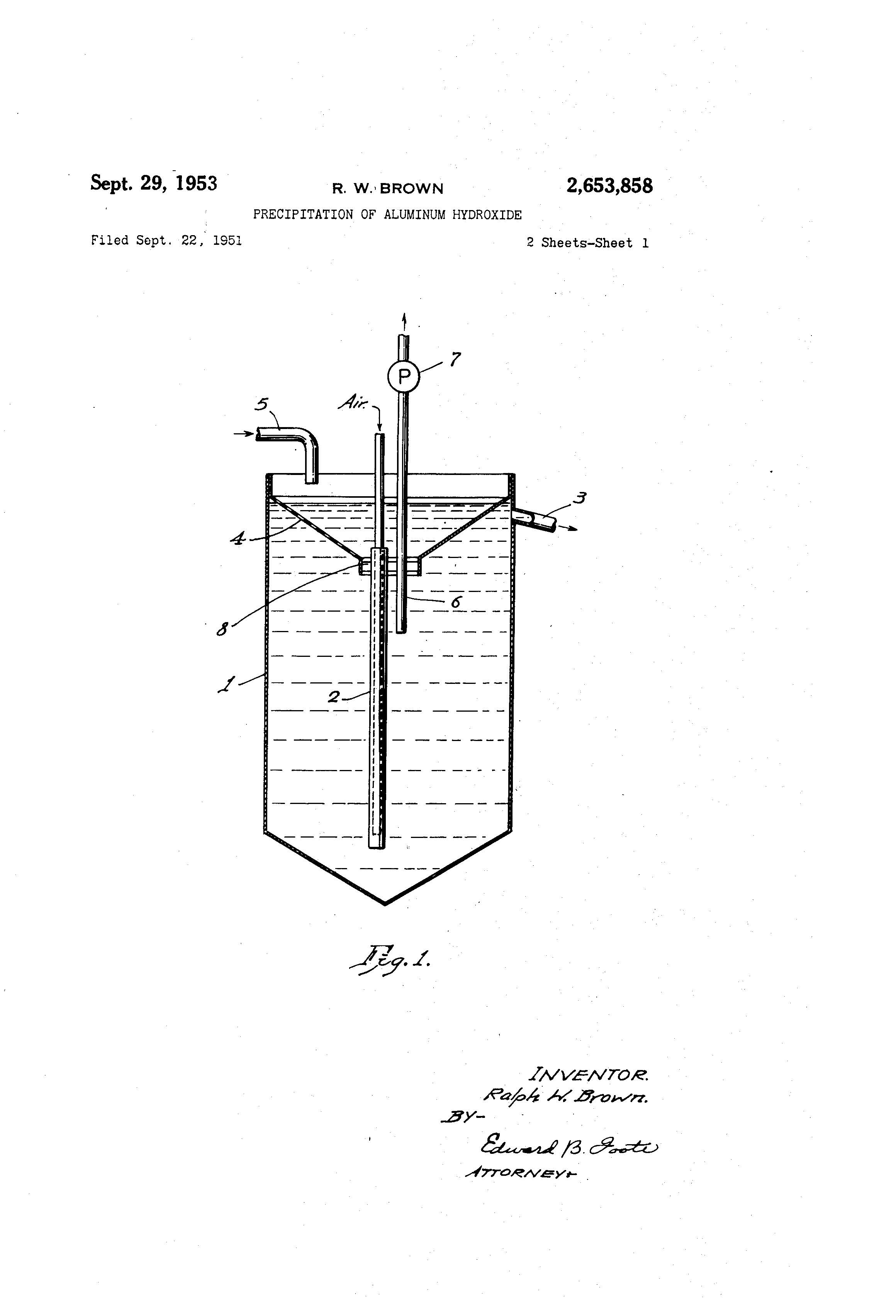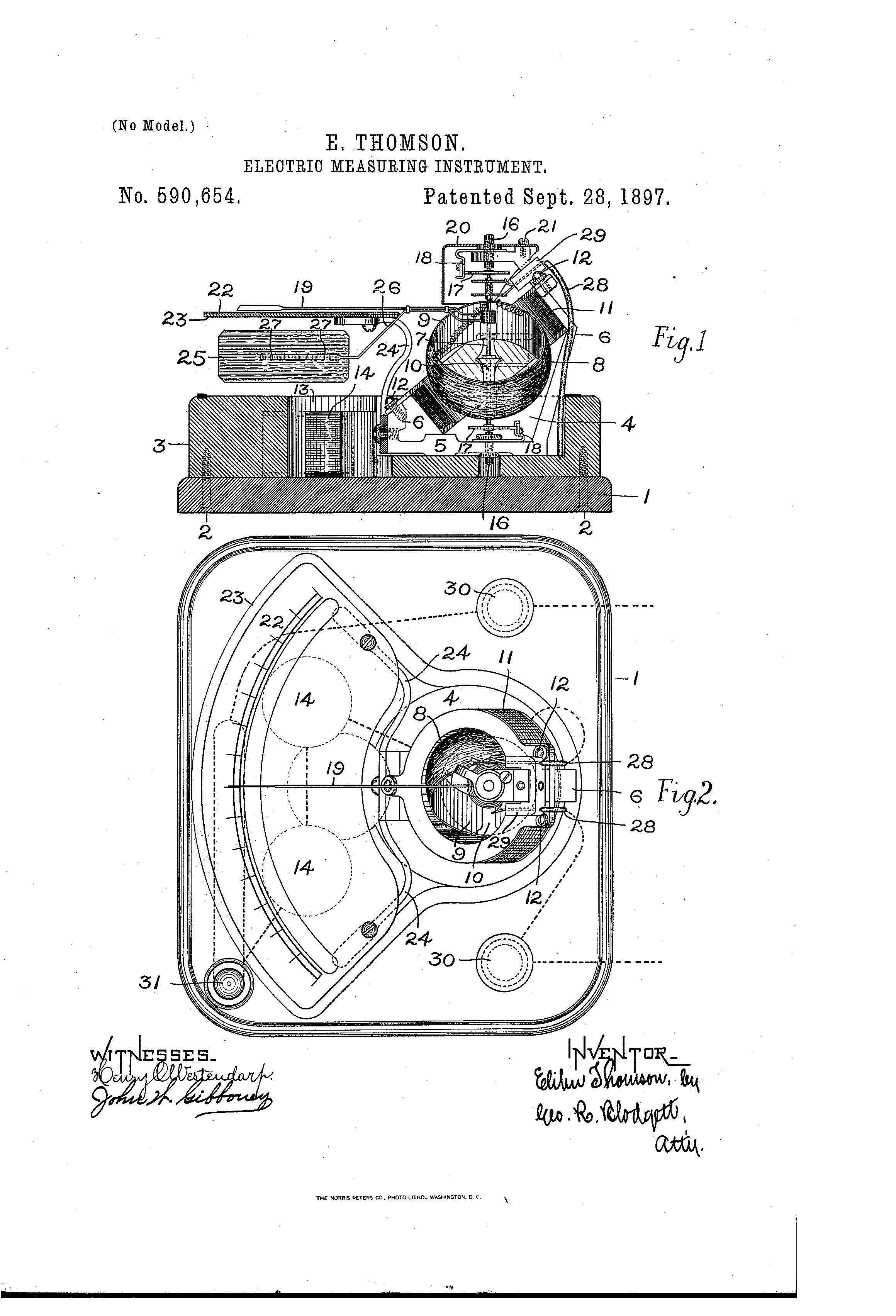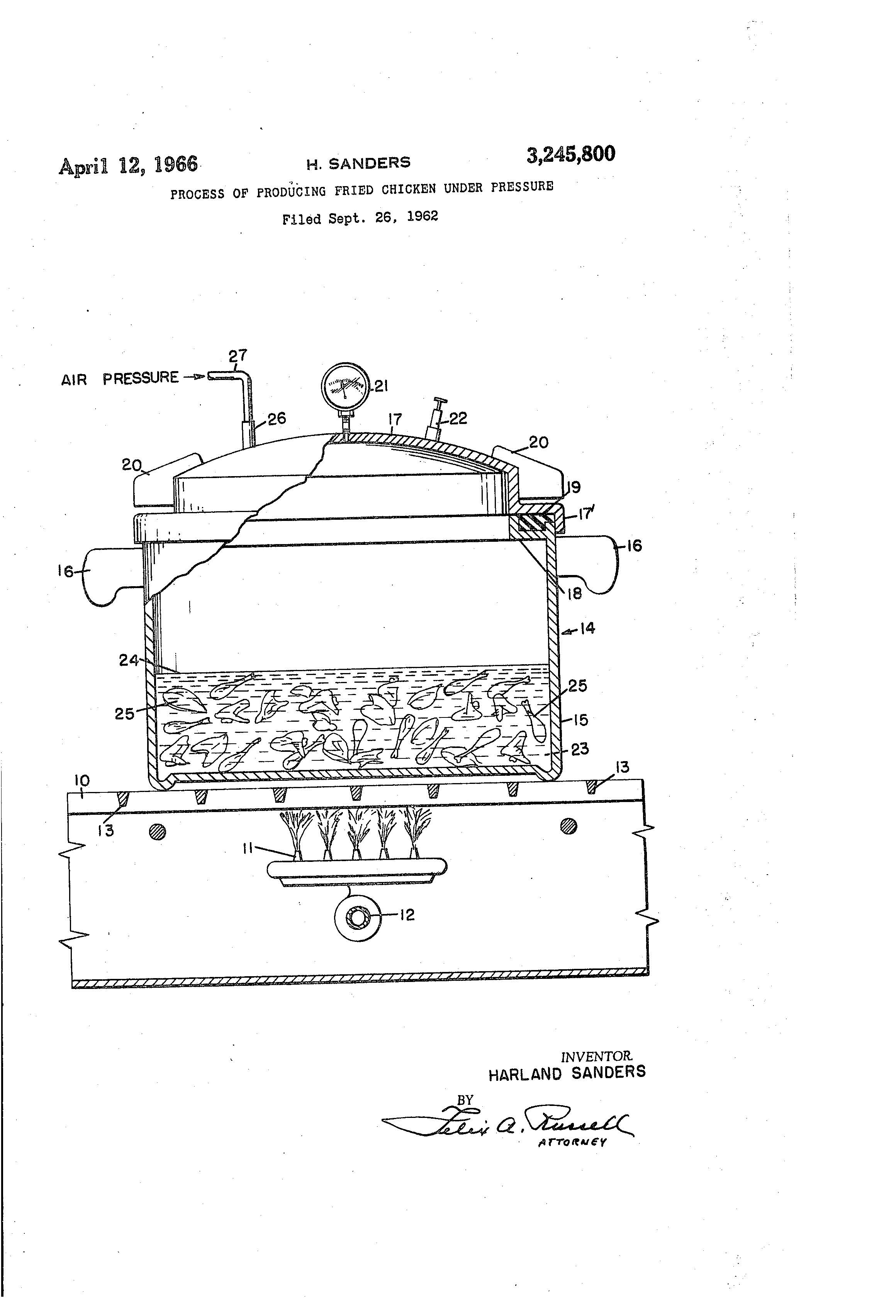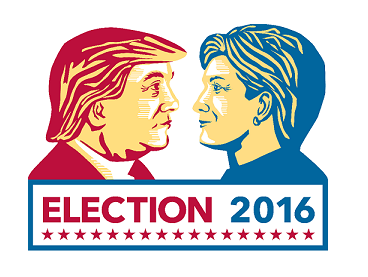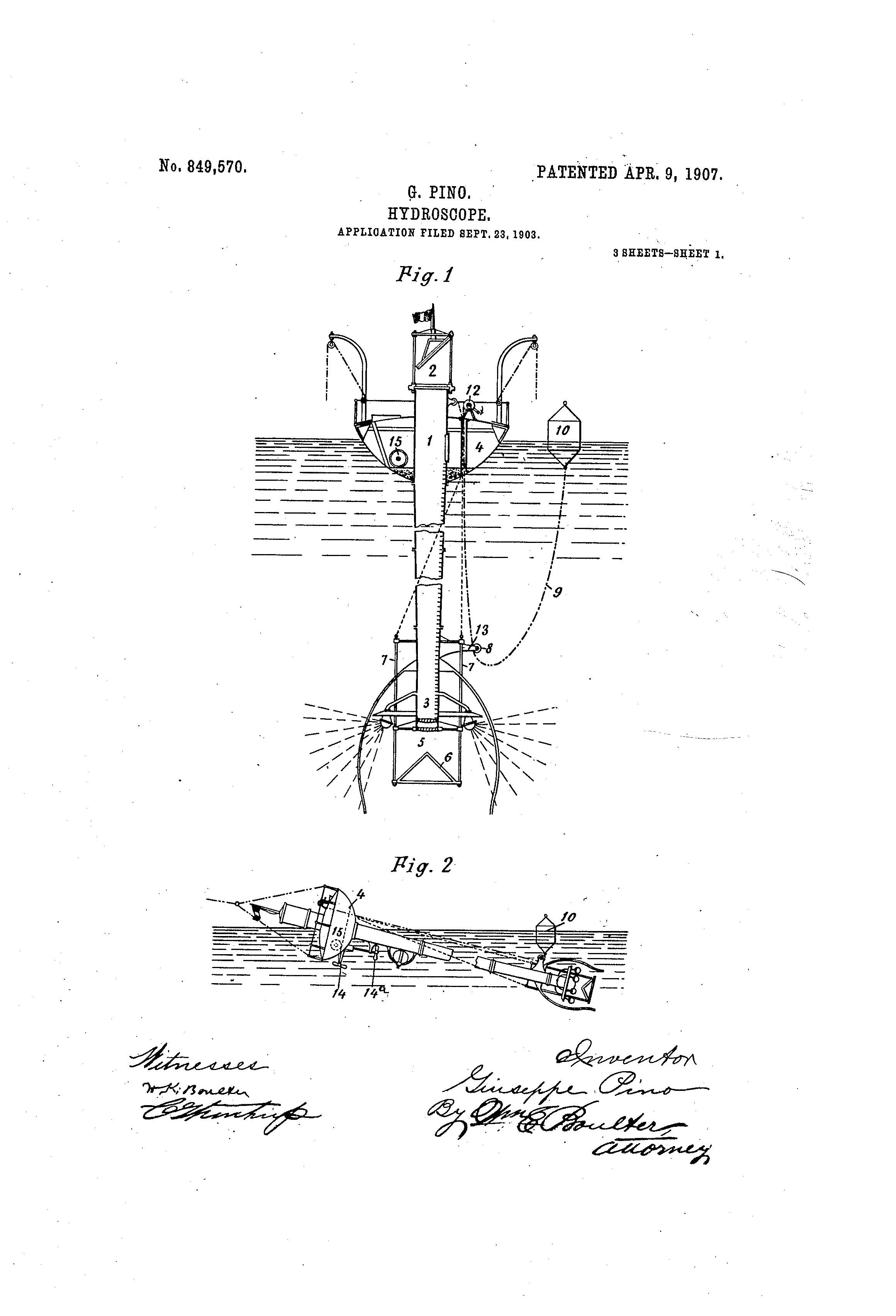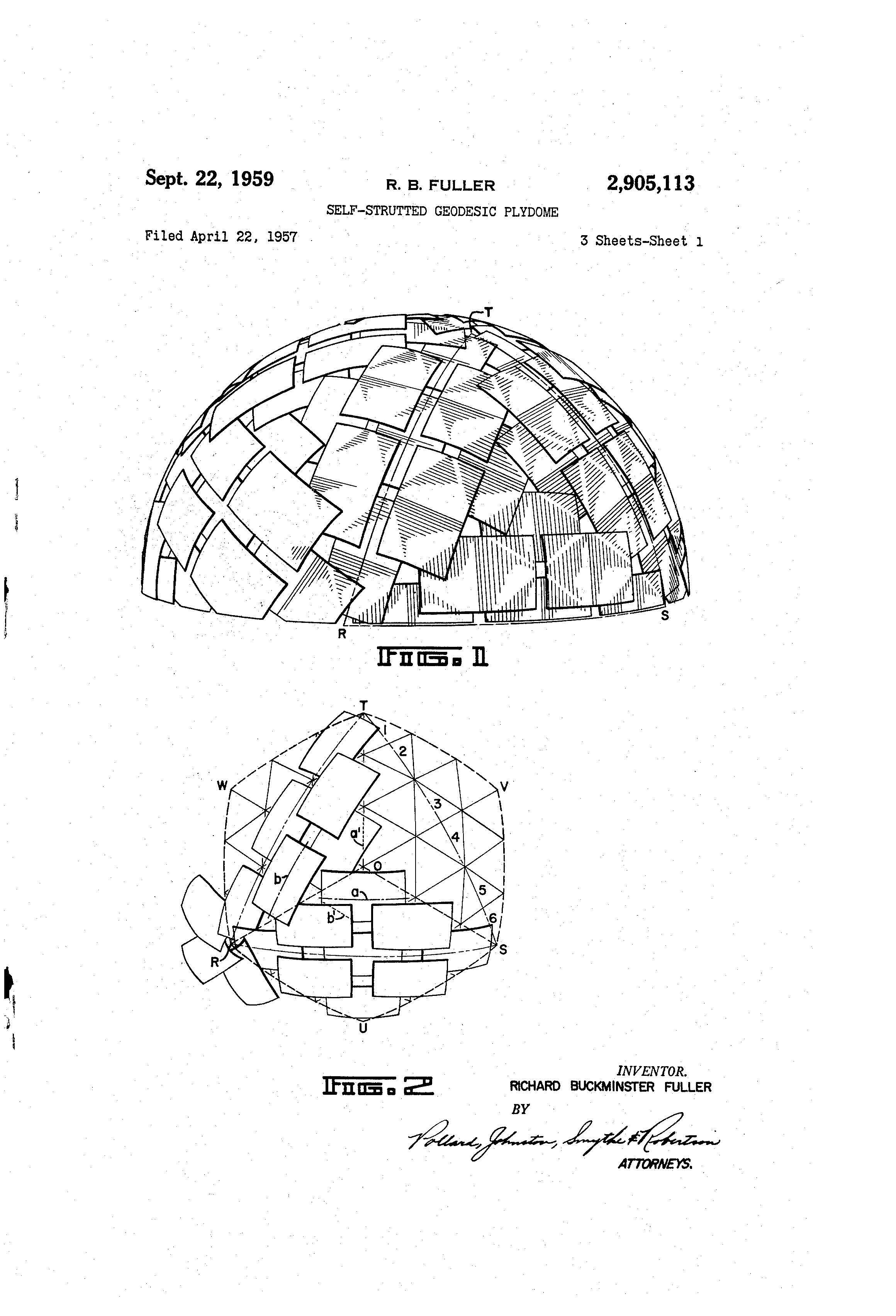Hungry and in a Hurry? Mark Murray Says Try a Hamdog

The Hamdog may soon be sold at a place near you. According to WA Auctioneers, the Hamdog creator, Aussie Mark Murray, is selling his U.S. Patent and Trademark rights for what is described as “the world’s most talked about burger.” A public on-line only auction will be hosted by WA Auctioneers on September 30, 2016.
What is a Hamdog you ask? It is a sandwich that combines a hot dog and a hamburger patty. Mark Murray’s Hamdog has a specially shaped bun that holds a combination of a hot dog and a hamburger patty. In 2004, Murray conceived the idea of the meat-filled combination while vacationing in the U.S. He explained that one night he was extremely hungry, and in a rush, he ate a hot dog and hamburger at the same time.
After he returned to Australia, he developed the idea further; he cut a burger in half and placed the hot dog between the two halves. Murray designed and patented his signature bun which is shaped to hold a hot dog and a hamburger. On January 13, 2009, he was granted a patent for COMBINATION HAMBURGER AND HOTDOG BREAD BUN, (United States Design Patent No. D584478).
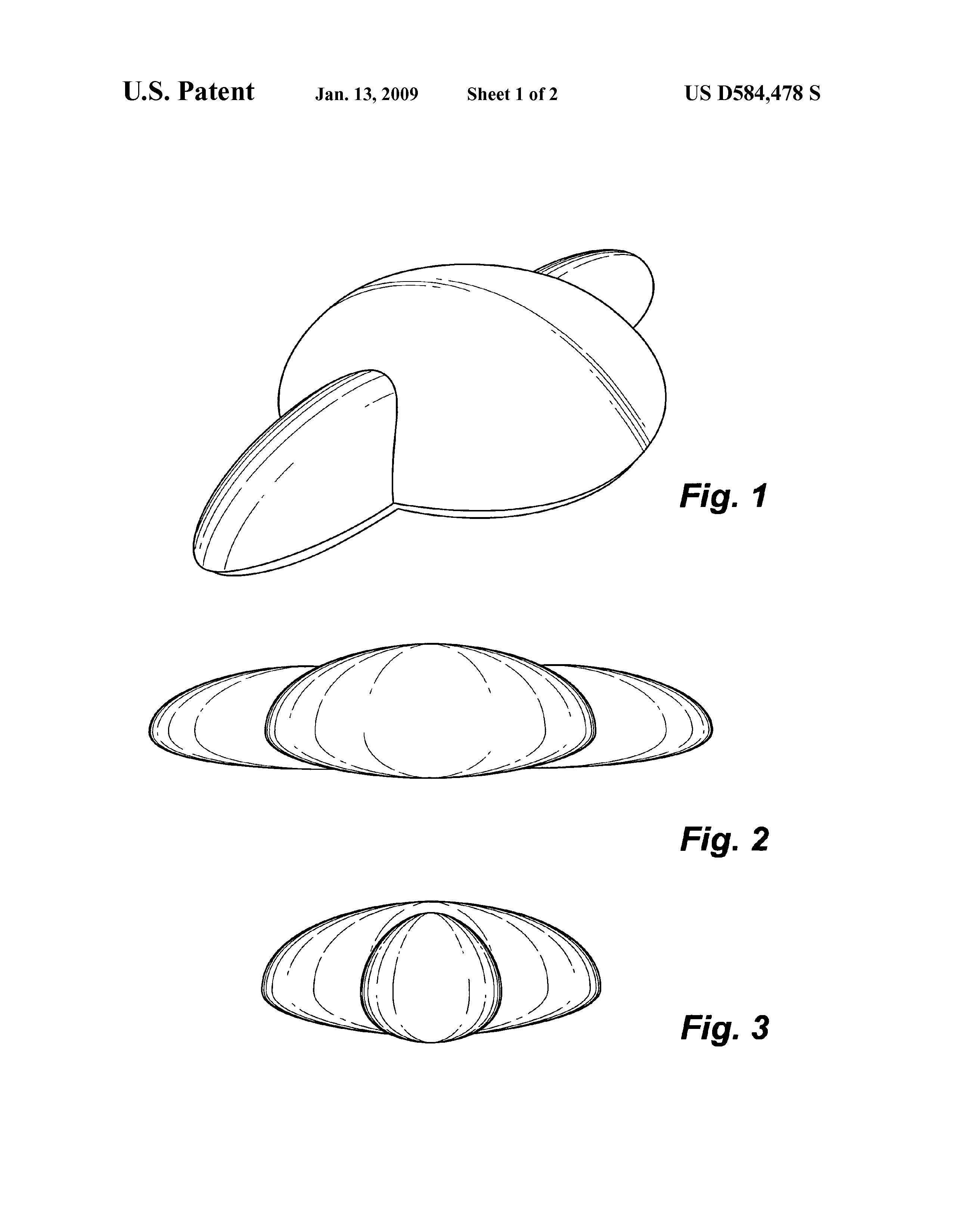
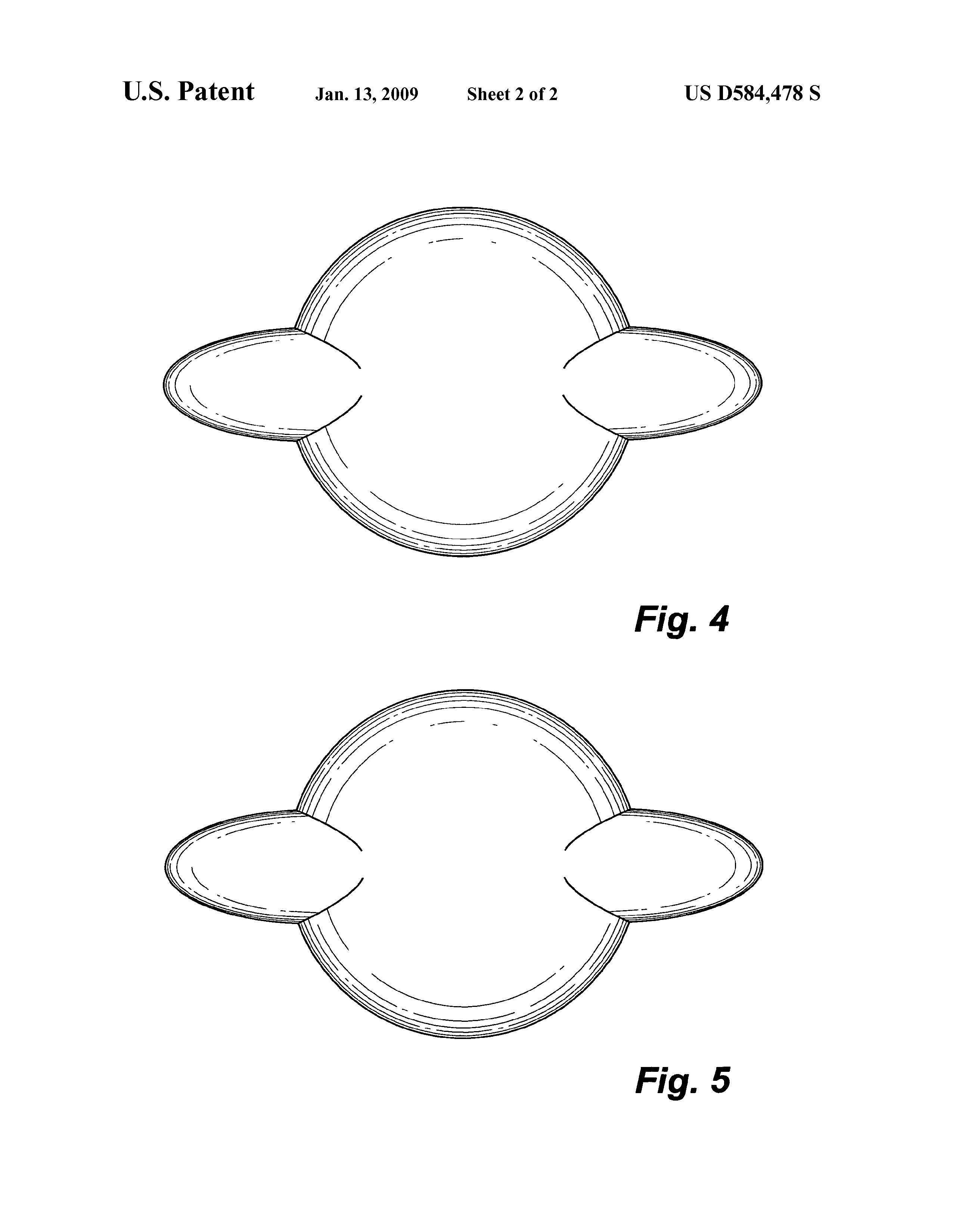
In 2015, Mark Murray pitched his idea to Australia’s Shark Tank television investment show. He described it as a “party in your mouth”. The judges rejected his idea, but that did not stop him. He has been selling the Hamdog at fairs, markets, and sporting events. He sees the United States as a good market place with “around 50 billion” hamburgers consumed each year. Murray is looking for someone in the U.S. interested in buying the rights to sell Hamdogs in the United States and with the recent International attention he has received, he is hoping someone will take a bite at the opportunity.
Patent of the Day: Precipitation of Aluminum Hydroxide
On this day in 1953 Ralph W. Brown was granted the patent for PRECIPITATION OF ALUMINUM HYDROXIDE. U.S. Patent No. 2,653,858.
The principal method used heretofore in the production of aluminum hydroxide has been to dissolve alumina from bauxite by means of an aqueous caustic soda solution, and then precipitate aluminum hydroxide by auto-precipitation from the resultant sodium aluminate solution by adding previously precipitated particles of aluminum hydroxide to the solution to act as “seed” particles in the precipitation of aluminum hydroxide from the solution, and agitating the solution. It has been customary to effect agitation of the solution by means of a stirrer, gas lift or pump, and to carry out the precipitation process as a batch operation in which sodium aluminate solution and the “seed” particles are fed into a tank in which the solution is thus agitated for a suitable time, after which the spent solution and precipitated aluminum hydroxide are removed from the tank.
It has also been proposed to carry out auto-precipitation of the aluminum hydroxide from sodium aluminate solutions by a continuous process in which fresh solution is fed continuously to a precipitation tank from which there is a continuous overflow of solution to a succeeding precipitation tank, the solution and aluminum hydroxide suspended therein being kept agitated in the tanks by means of pumps. (See U. S. Patent 1,943,785.) However in order to precipitate aluminum hydroxide by auto-precipitation with maximum efficiency, and to produce a precipitate of relatively uniform size, it is desirable to control closely the amount and size of the particles of aluminum hydroxide available in the precipitation tanks to act as “seed” in the precipitation of further hydroxide.


Patent of the Day: Electric Measuring Instrument
On this day in 1897 Elihu Thomson was granted the patent for ELECTRIC MEASURING INSTRUMENT. U.S. Patent No. 590,654.
This invention relates to voltmeters and involves in its construction a fixed coil located at an angle and a movable coil located within the fixed coil at an angle thereto, such arrangement being set forth in United States Letters Patent No. 554,321, granted February 11, 1896. In the invention set forth in said Letters Patent the movable coil is connected in shunt with the fixed coil, so that the instrument forms a watt-indicator.
In the present invention the two coils are in series with each other and with a resistance, and the instrument is designed for a voltmeter.

Oprah Wins Trademark Battle Over “Own Your Power”

Former television talk show host and media mogul, Oprah Winfrey, has won, and finally ended, her five year trademark battle with life coach and motivational speaker, Simone Kelly-Brown.
In 2011, Kelly-Brown sued Winfrey, her company Harpo Productions Inc., and her publisher Hearst Corp. for using the phrase “Own Your Power”. The phrase was used on the cover of O, The Oprah Magazine, at an event for the magazine, on Winfrey’s television show, and on Winfrey’s website and social media pages. In 2008, Kelly-Brown applied to register a trademark for the three-word phrase with the United States Patent and Trademark Office (USPTO). The mark is described as “consist[ing] of light blue scripted letters which create the words ‘Own Your Power.’”
In the 2011 lawsuit, at the District Court of the District of New Jersey, Kelly-Brown alleged various causes of action under the Lahnman Act, which included trademark infringement, reverse confusion, and false designation. The Lahnam Act “protects the owner of a federally registered mark against the use of similar marks if such use is likely to result in consumer confusion, or if the dilution of a famous mark is likely to occur.” This case was dismissed by a federal judge stating that Winfrey had fair use right to descriptively label her magazine.
In 2013, the ruling from 2011 case was vacated and the case was revived. The appeals judges overturned the lower-court rulings in Winfrey’s favor on the claims of reverse confusion and false designation of origin. They affirmed the order dismissing the claims for counterfeiting, vicarious infringement and contributory infringement.
Last year, District Court Judge Crotty said the "Own Your Power" phrase "lacks the requisite distinctiveness to be entitled to protection," and although it is "descriptive" because it refers to Kelly-Brown’s motivational entrepreneurial services, she failed to establish "secondary meaning" with no consumer studies, media coverage or anything else that would lead sources to believe the phrase belonged to Kelly-Brown's business. Crotty added even if the mark was protected, Kelly-Brown failed to demonstrate a likelihood of confusion.
For years this case went back and forth between the New York Federal Court and the 2nd Circuit Court, but on Friday, the 16th of September, it finally came to an end. The U.S. Court of Appeals for the Second Circuit affirmed the judgement previously handed down by the U.S. District Court for the Southern District of New York in March of 2015. The appellate panel held that the “Own Your Power” mark alone is not distinctive enough to warrant trademark protection. The panel also found that even if the mark was able to be trademarked a reasonable jury could not conclude that the mark had become exclusively associated with Kelly-Brown’s products and services. “No reasonable jury could conclude that the descriptive phrase … had acquired secondary meaning … at the time of the defendants' alleged infringement.”
The panel further stated in the summary order, "Were we to conduct such an inquiry, the Plaintiffs’ lack of protection in the literal component of their mark would be dispositive, in this case, of the strength of their mark for purposes of this analysis, just as it would be dispositive of the similarity of the marks (as it is uncontested that the Defendants’ use of the mark was similar only to the literal, and unprotected, component of the Plaintiffs’ mark).” The phrase is “merely descriptive” and the “determination that ‘own your power’ is not on its own distinctive ends this litigation.”
Patent of the Day: Method of Projecting Imitations of the Aurora Borealis
On this day in 1904 Joseph Menchen was granted the patent for METHOD OF PROJECTING IMITATIONS OF THE AURORA BOREALIS. U.S. Patent No. 770,766.
This invention consists in representing upon screens, stage-settings, and the like an imitation of the aurora borealis by projecting light from any suitable source through means designed to conform the light to the contour of the aurora, to color and flicker it, if desirable, and to make the rays of light wide or narrow, short or long, as they strike the screen.
The object of the invention is to provide a method of this character which may be readily carried out and which while applicable for general amusement or instruction purposes is particularly adaptable to theatrical uses.
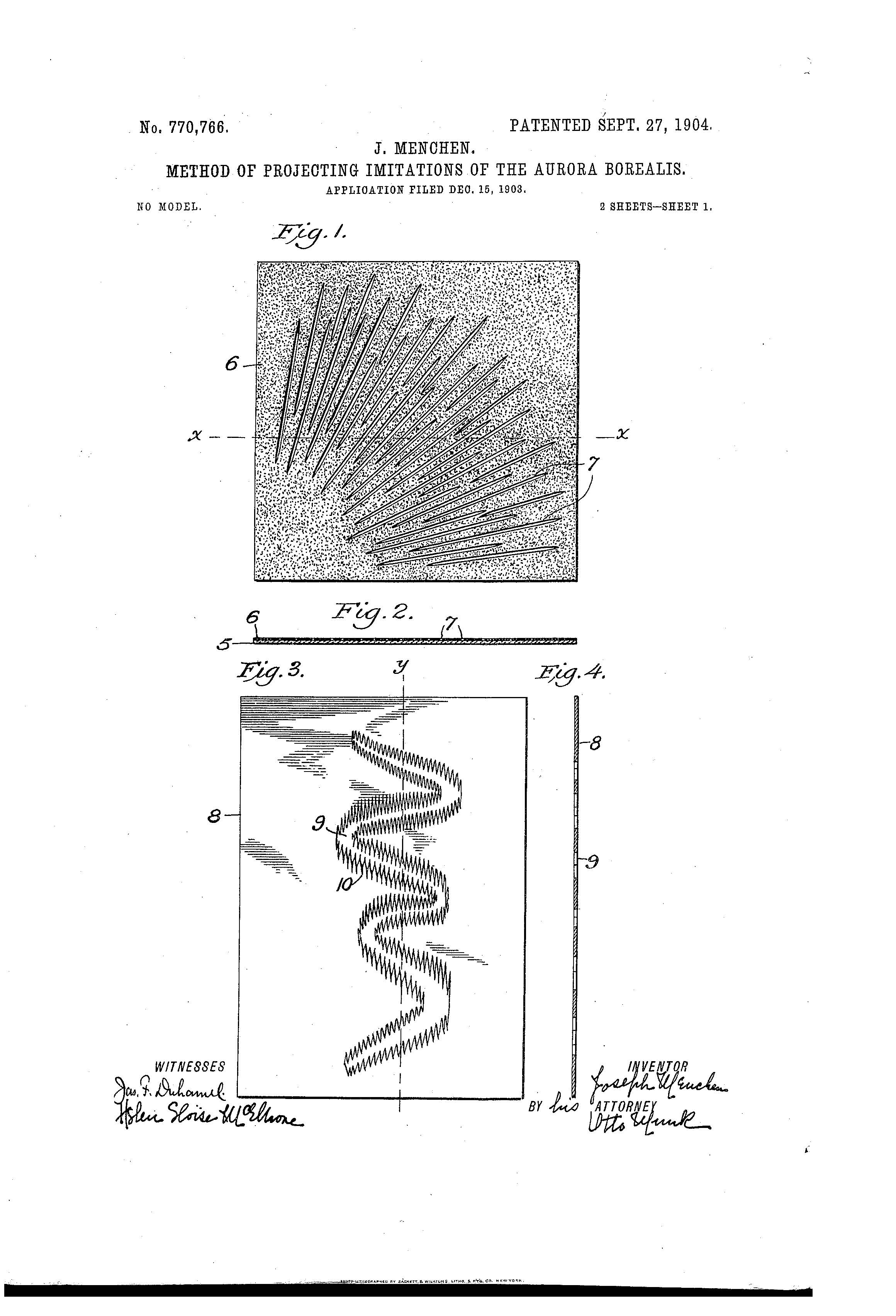
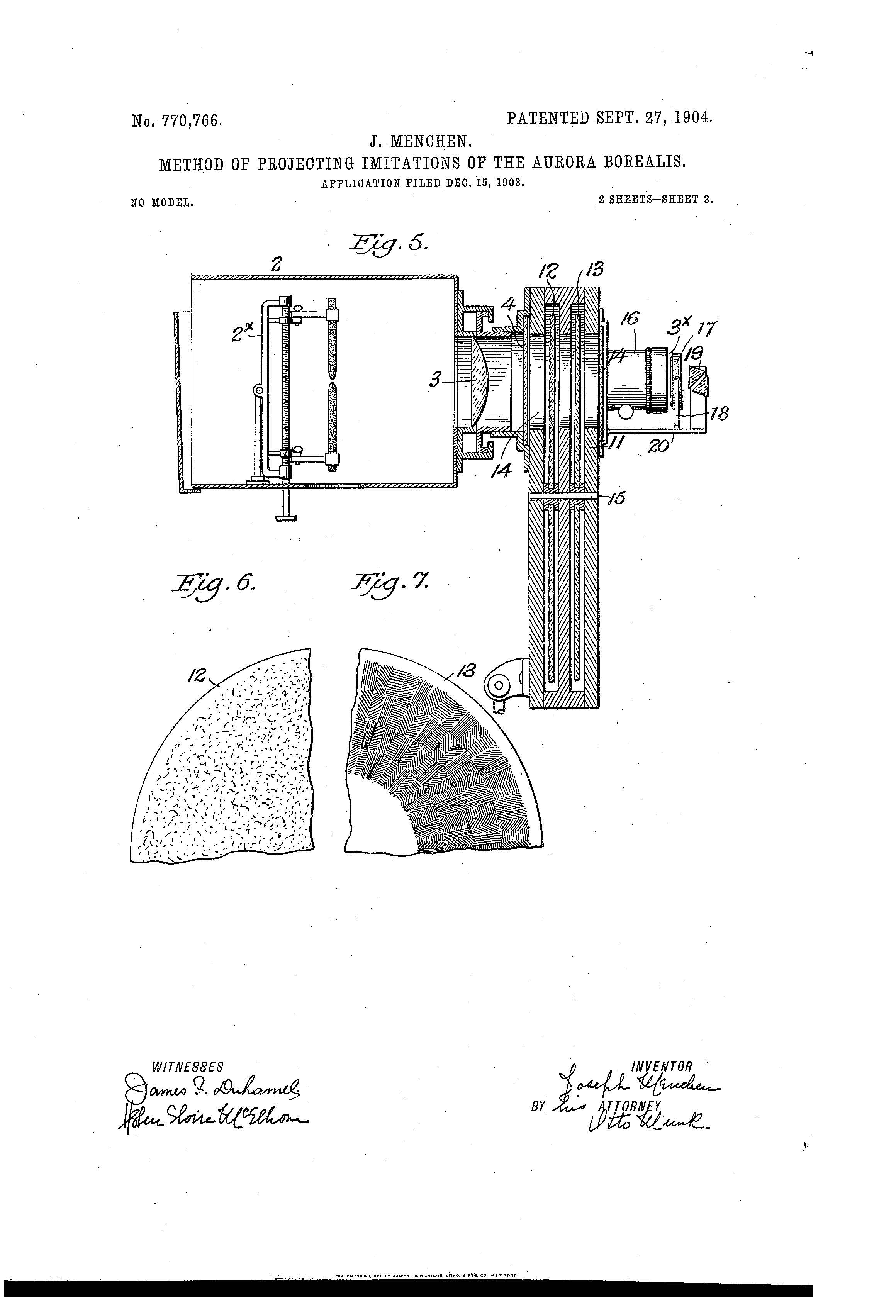
Patent of the Day: Process of Producing Fried Chicken Under Pressure
On this day in 1962 Harlan Sanders, also known as Colonel Sanders, filed the patent for PROCESS OF PRODUCING FRIED CHICKEN UNDER PRESSURE for Kentucky Fried Chicken Corporation. U.S. Patent No. 3,245,800.
The present invention relates to a method or process for producing fried chicken under pressure.
Generally the process contemplates the deep-fat frying of chicken under accurately controlled conditions of temperature, pressure, time, sizes of serving pieces, and amount and composition of breading used, for the purpose of producing superior taste, texture and appearance in the finished product.
I have found that chickens weighing between 2¼ and 2½ pounds dressed and cut into 8 to 10 serving pieces and correctly breaded should, for best flavor, texture and appearance, be dropped into relatively hot fat (350° to 400° Fahrenheit) to start the browning of the breading and to seal the exterior of the serving piece against loss of its natural juices. The cold chicken quickly (in 1 to 2 minutes) lowers the temperature of the accurately measured quantity of fat to a temperature of 250° F. Then the chicken should be cooked for about 8 minutes under about 15 pounds per square inch of gauge pressure to maintain the 250° F. cooking temperature without further loss of moisture from the breading and without any drying out of the chicken pieces.
It is accordingly an object of the invention to provide a novel process for quickly and thoroughly. frying chicken under pressure in a manner to seal in substantially all the natural juices while browning the breaded surface thereof to desired crispness and appearance.
It is another object of the invention to provide such a process in which the time, temperature and breading composition are so correlated to the sizes of the serving pieces that optimal taste, appearance and texture of the cooked chicken are produced.
A further object of the invention is to provide a method of the character described in which air under pressure may be introduced under certain circumstances to prevent loss of natural juices from the chicken pieces.

Presidential Candidates and Their Stances on Intellectual Property

With the Presidential Election soon approaching, it is a good time to review the candidates' thoughts on intellectual property. While their stances on intellectual property may not be a determining factor for the Presidency, it will impact the IP industry and the economy that is becoming more and more innovation-based.
Even though some may not think intellectual property is an important factor in elections, it is prudent to keep in mind that the American Invents Act (AIA) was supported and signed by President Obama. Whether you are for or against the AIA, the United States Patent and Trademark Office (USPTO) played a large role as they lobbied Congress with the Administration viewpoint.
Hillary Clinton
Clinton released her Initiative on Technology and Innovation, a detailed 14-page document on her agenda. She is working closely with Todd Dickinson, former Director of the USPTO under President Bill Clinton, on intellectual property matters, and he feels “other campaigns will be hard pressed to match the depth and thoughtfulness of these proposals.”
In the proposal, Clinton states that she wants to improve the patent system by rewarding inventors. She states, “[s]ince our country’s Founding, the United States patent system has been an envy of the world and has helped propel inventions from the cotton gin to the computer.” She has a twofold platform to accomplish this goal: 1). Reduce excessive patent litigation through additional targeted rule changes; 2). Strengthen the USPTO’s operational capacity by allowing the USPTO to invest funds left over from annual operations to new technology, personnel, and training, as well as implement a faster review of patent applications.
Clinton’s initiative explains the following in regards to patent reform:
“The Obama Administration made critical updates to our patent system through the America Invents Act, which created the Patent Trial and Appeals Board, and through other efforts to rein in frivolous suits by patent trolls. But costly and abusive litigation remains, which is why Hillary supports additional targeted rule changes. She supports laws to curb forum shopping and ensure that patent litigants have a nexus to the venue in which they are suing; require that specific allegations be made in demand letters and pleadings; and increase transparency in ownership by making patent litigants disclose the real party in interest.”
Clinton also discussed copyright policy in her initiative stating “the federal government should modernize the copyright system by unlocking—and facilitating access to—orphan works that languished unutilized, benefiting neither their creators nor the public.”
Donald Trump
Trump’s initiative, Reforming the U.S. –China Trade Relationship to Make America Great Again, is focused more on China’s loose intellectual property laws stating “China engages in illegal export subsidies, prohibited currency manipulation, and rampant theft of intellectual property. According to the U.S. International Trade Commission, improved protection of America’s intellectual property in China would produce more than 2 million more jobs right here in the United States.”
Trump’s initiative wants to protect American ingenuity and investment by “forcing China to uphold intellectual property laws and stop their unfair and unlawful practice of forcing U.S. companies to share proprietary technology with Chinese competitors as a condition of entry to China’s market.” The initiative also wants to end China’s intellectual property violations by “enforc[ing] stronger protections against Chinese hackers and counterfeit goods” and “going forward, we will adopt a zero tolerance policy on intellectual property theft and forced technology transfer.”
According to the initiative “China’s ongoing theft of intellectual property may be the greatest transfer of wealth in history. This theft costs the U.S. over $300 billion and millions of jobs each year. China’s government ignores this rampant cybercrime and, in other cases, actively encourages or even sponsors it –without any real consequences.”
While many different topics will be discussed tonight, it will be interesting to see if the debate sheds more light on IP issues.
Patent of the Day: Hydroscope
On this day in 1907 Guiseppe Pino was granted the patent for HYDROSCOPE. U.S. Patent No. 849,570.
This invention has for its object a hydroscope for exploring and photographing the bottom of the sea from the surface and recovering submerged objects. It is known that telescopes already exist for, exploring the bottom of the sea; but such apparatus as heretofore constructed are not capable of attaining the objects of this invention - that is to say, of obtaining perfect images lying on the bottom of the sea.



Patent of the Day: Self-Strutted Geodesic Plydome
On this day in 1959 Richard Buckminster Fuller was granted the patent for SELF-STRUTTED GEODESIC PLYDOME. U.S. Patent No. 2,905,113.
This invention arises in the discovery that when perfectly flat rectangular sheets are shingled together in a three-way grid pattern and are fastened together where they overlap in the areas of the geodesic lines of the pattern, a new phenomenon occurs: there are induced t in each flat rectangular sheet, elements of live cylindrical struts defining two triangles of the grid edge to edge in diamond pattern. The effect is to produce a three-way , geodesic pattern of cylindrical struts by inductive action so that, when the sheets are fastened together in the particular manner described, the struts are created in situ. Thus the fiat rectangular sheets are triangulated into an inherently strutted spherical form to produce what we may for simplicity term a self-strutted geodesic plydome. The flat sheets become inherent geodesic; they become both roof and beam, both wall and column, and in each case the braces as well. They become the weatherbreak and its supporting frame or truss all in one. The inherent three way grid of cylindrical struts causes the structure as a whole to act almost as a membrane in absorbing and distributing loads, and results in a more uniform stressing of all of the sheets. The entire structure is skin stressed, taut and alive. Dead weight is virtually non-existent. Technically, we say that the structure possesses high tensile integrity in a discontinuous compression system.



Patent of the Day: Tire Carrier
On this day in 1926 John I. Muicy was granted the patent for TIRE CARRIER. U.S. Patent No. 1,600,480.
This invention relates to the means for carrying the spare tires and rims on motor vehicles, and the object is to provide a new and novel device of this class that is simple in construction, efficient in operation, and economical to manufacture.
Another object is to provide a tire and rim carrier, commonly known only as a tire carrier, in which the tire rim is supported at three substantially equidistant points by an arm at each point, the three arms at the points where they receive the rim being suitably braced together by a rigid truss or frame.


Office Hours October 13 at the Omaha Startup Collaborative
Suiter Swantz IP will be holding office hours October 13th at the Omaha Startup Collaborative, located in the Exchange Building in downtown Omaha.
Matt Poulsen will be there from 1:00 - 4:00 pm. Feel free to send Matt an email (map@suiter.com) if you’d like to reserve a time slot or have any questions. In addition, meeting times can always be made on an as-needed basis.
Suiter Swantz IP
402-496-0300
www.suiter.com
Lincoln Startup Week October 3-8
Matt Poulsen will be attending and speaking at Lincoln Startup Week, October 3-8. Matt will be discussing Intellectual Property Considerations for Startups Thursday October 6th at 2:30. Read More.
Startup Week is a free, five-day celebration of the community that builds momentum and opportunity around entrepreneurship.

